PPT-1 Single Pilot Resource
Author : celsa-spraggs | Published Date : 2017-06-16
Management amp Aeronautical decision Making Superior aviation knowledge and decision skills precludes the need to demonstrate superior pilot skills SinglePilot
Presentation Embed Code
Download Presentation
Download Presentation The PPT/PDF document "1 Single Pilot Resource" is the property of its rightful owner. Permission is granted to download and print the materials on this website for personal, non-commercial use only, and to display it on your personal computer provided you do not modify the materials and that you retain all copyright notices contained in the materials. By downloading content from our website, you accept the terms of this agreement.
1 Single Pilot Resource: Transcript
Download Rules Of Document
"1 Single Pilot Resource"The content belongs to its owner. You may download and print it for personal use, without modification, and keep all copyright notices. By downloading, you agree to these terms.
Related Documents

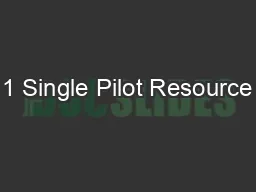
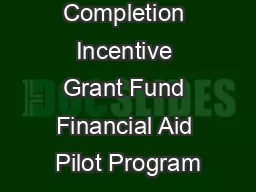

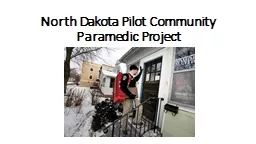
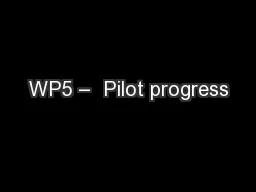
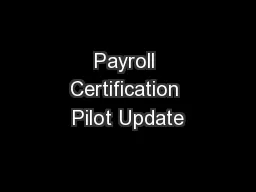
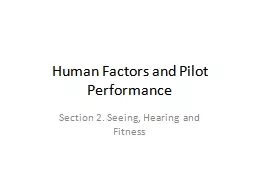
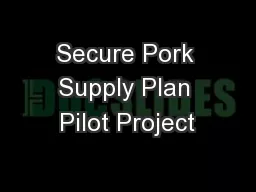

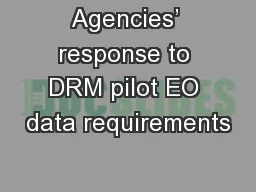
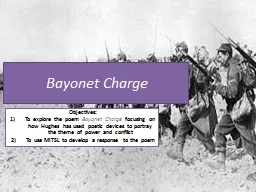

![[EBOOK] - FAA-CT-8080-2H Airman Knowledge Testing Supplement for Sport Pilot, Recreational](https://thumbs.docslides.com/903261/ebook-faa-ct-8080-2h-airman-knowledge-testing-supplement-for-sport-pilot-recreational-pilot-remote-pilot-and-private-pilot-g.jpg)
